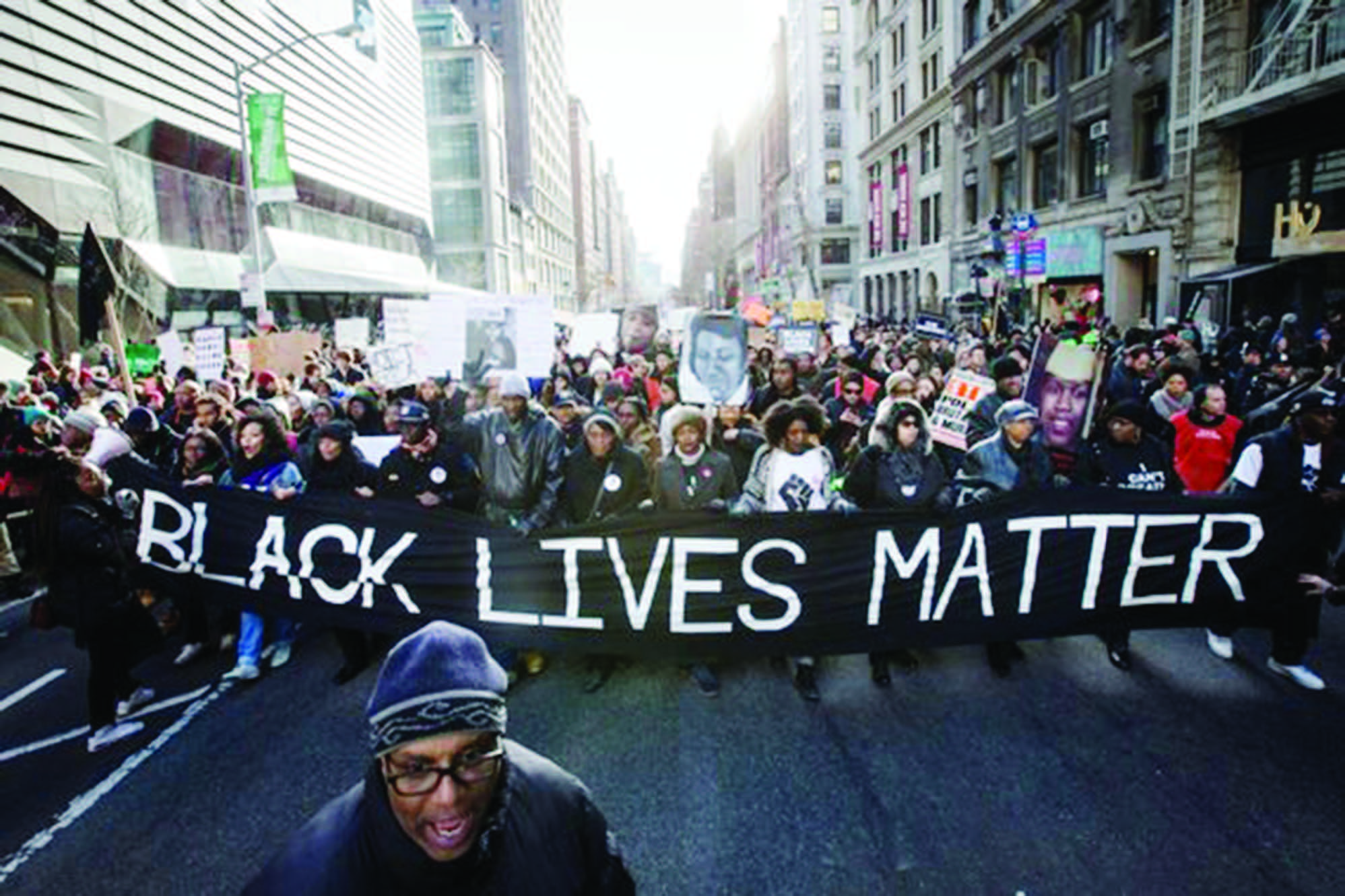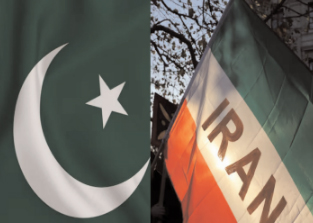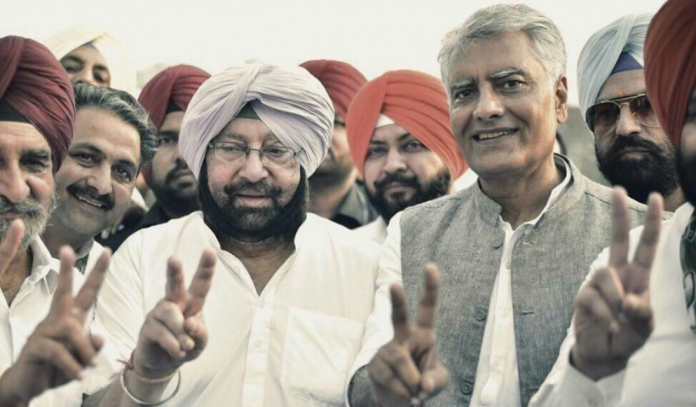
Polling for the U.S. presidential election is less than weeks away. Most predictions favor Democrat Hillary Clinton, although the contest with Republican candidate Donald Trump is expected to be closer than many partisan supporters on either side would concede. What struck me most during the three rounds of television debates between the rival candidates was the intensity of mutual recrimination. Each continues to accuse the other of grave misdemeanor. While Mr. Trump believes Ms. Clinton deserved to be sent to jail for using an unauthorized private email server and causing the disappearance of more than 30,000 mails after being subpoenaed by U.S. Federal Bureau of Investigation (FBI), the latter accuses the former of tax evasion and inappropriate conduct towards women.
Mr. Trump’s principal charge against the Obama administration – of which Ms. Clinton had been a vital member for years – is the alleged soft approach to crime and neglect of the inner cities. The Republican candidate demands tough handling of crime, which resonates with his vow to stop immigration, especially of Latinos and Muslims. He believes that crime in the country has become uncontrollable, and the inner city in most urban areas has become a crime haven. His support to the influential National Rifle Association (NRA) is absolute. Ms. Clinton does not share her opponent’s pessimism. Her stance is moderate; she concedes that guns are a problem, but won’t go the whole hog condemning the NRA, obviously because of its widespread influence in the polity and large sections of the white population. One must remember here that President Barack Obama assumed office with a resolve to cut the NRA down to size. Later on his position became wishy-washy.
Crime in the U.S.
Crime in the U.S. and its impact nationally has always been an important aspect of the election debate for decades. The release a few weeks ago of crime figures for 2015 by the FBI has intensified the presidential debate. FBI statistics reveal that violent crime in 2015 went up by 4 per cent. Homicides registered an 11 per cent rise. In about 70 per cent of homicides firearms were used.
The popular impression – one fanned by Mr. Trump – that the whole country has become more violent than before, however, appears skewed because the rise in homicides was confined to a few cities like Chicago, Los Angeles, Dallas and Las Vegas. In a few other important cities, homicides declined – the drop in New York, for instance, was 25 per cent. The reported spurt in murders during the first few months of the current year is again confined to a few cities, with Chicago contributing the bulk. Expert opinion is that crime trends are ephemeral and constantly fluctuating, hence taking any position on the basis of occurrences during a few years alone is preposterous.
One feature of the U.S. crime scene that should cause consternation to many of us in India is the number of rapes. During last year these went up to 95,000, almost thrice as many as are reported annually in India. Significantly, a majority of rapes occurring in the country are on university campuses: during 2014, there were about 100 universities from each of which at least 10 rape cases were reported. Many American believe that a large number of rapes go unreported. There was a recent controversy over the award of a light six-month sentence to Brock Turner, a Stanford University student, by a judge, even though he was convicted on three counts of felony sexual assault in 2015. Public opinion was so exercised that the judge sought to be reassigned to the civil division instead of criminal trials.
How do the U.S. police cope with crime?A lot has depended on the proactive role of individual police leaders. Chiefs are appointed by the city mayors, thereby injecting a little of politics into the process of day-to-day policing. The legendary Bill Bratton, who had two spells as Police Commissioner in the New York Police Department (NYPD), made a lot of difference to the city’s public order. His “broken windows” approach, that concentrated on petty crime in decrepit neighborhoods and thereby neutralized those prone to commit grave crime if their minor peccadilloes were ignored, resulted in a drop in crime rates.
Another of Mr. Bratton’s innovations, one prescribing a computer-aided identification of hotspots of crime by field commanders, also helped. Named CompStat, this procedure made officers in charge of police stations accountable for acting swiftly on rising crime graphs. CompStat has, however, invited criticism that a lot of crime was being suppressed to dress up statistics; Mr. Bratton resigned from the NYPD a few months ago. This is again an index of the growing complexity of policing in the country, and the delicate police chief-mayor relationship.
Policing with sensitivity
Two other features of policing in relation to crime control have been frequently discussed across the country. The first of these is the practice of “stop-and-frisk” whereby citizens are stopped and frisked at random. Statistics have often been cited to prove that this was a racist practice. As a result, successive police commissioners – especially in New York City – have had to constantly assuage hurt public sentiment. On their part, the police in many cities claim that the practice had helped to recover firearms which would otherwise have been used to commit crime. While a lot has been done to reduce the frequency and intensity of the “stop-and-frisk” program, sections of the minorities continue to nurse a grievance that many U.S. police departments are insensitive towards them.
The latest controversy is over the police’s inclination to open unprovoked fire at innocent citizens, especially African-Americans. The most recent one is the October killing of Deborah Danner, an old mentally ill woman of Bronx, by an NYPD policeman. Mayor Bill de Blasio has taken the incident seriously, but has not been able to arrive at any formula that would give reasonable assurance that incidents like these will not repeat themselves.
Ms. Clinton has mentioned in her campaign the need to build police sensitivity so that African-Americans receives fairer treatment at the hands of the police. Mr. Trump has not had much to say on this. It’s not surprising though, since he proclaims himself to be tough on crime, and any police high-handedness towards the minorities fits into his framework of an America that is free from crime, especially in the inner cities.
The U.S. crime situation is unusually complex. Race and the varying standards of the more than 15,000 stand-alone police forces are factors to reckon with. The growing number of police casualties makes policemen in many places trigger-happy. Only lip service has been paid to the eternal problem of gun control because of the political connotations involved. How much either Ms. Clinton or Mr. Trump can do to limit the damage caused by free availability of guns or make the police more citizen- friendly is a moot point.
(The author, R. K. Raghavan, is a former Director of the Central Bureau of Investigation)





I’ve written in “comments” of the US guns debate many times before that Australia and most countries that have firearms bans have other weird methods of murder replacing guns.
Australia particularly since year 2000 has had a rate of around 20 p/year “murders by setting on fire burning to death” for the first decade of which “to some level IS A FAIR AND LOGICAL statistic not merely bizarre accident of the power of bushfire.!
As usual , here it is again.
http://www.brisbanetimes.com.au/queensland/moorooka-bus-fire-drivers-pay-tribute-to-manmeet-sharma-and-ask-for-more-protection-20161029-gsdrb2.html
other information (alike Rex “buckets” Jacksons corruption):
http://www.smh.com.au/nsw/brothers-for-life-figure-jailed-for-at-least-8-and-a-half-years-for-fatal-shooting-20161028-gsdbry.html
http://www.smh.com.au/nsw/michelle-reynolds-murdered-by-violent-criminal-who-should-have-been-in-jail-20161028-gscsnq.html
http://www.stuff.co.nz/world/australia/85328453/murderaccused-of-australian-mum-tia-landers-im-going-to-smash-her-skull
Monarchy and fascism bans guns to stay in power “NOT TO PROTECT OR CARE FOR PEOPLE”!